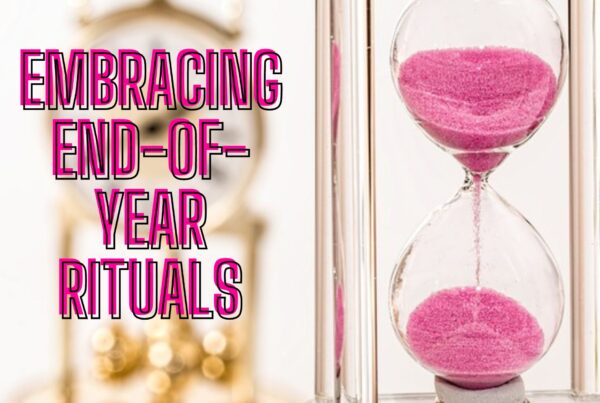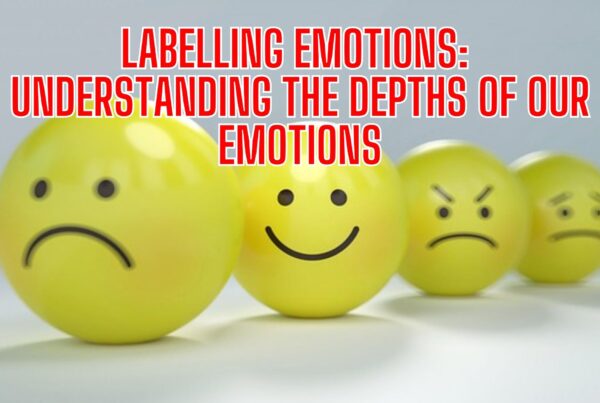How to Regulate Painful Emotional Triggers: A Hypnotherapist’s Perspective
Understanding Painful Emotional Triggers
Emotions are an integral part of being human, and they play a significant role in our daily lives. However, there are times when certain experiences or situations can trigger intense and distressing emotions, leaving us feeling overwhelmed and out of control. These painful emotional triggers can arise from past traumas, negative beliefs, or unresolved issues, and they can have a profound impact on our mental and emotional well-being. In this blog, we’ll explore how to regulate painful emotional triggers.
The Power of Emotional Triggers
Emotional triggers are like landmines buried within our subconscious minds. When activated, they release a surge of emotions that can feel all-consuming and uncontrollable. These triggers are often rooted in past experiences that were emotionally charged or traumatic. Our subconscious mind forms associations between these experiences and the emotions they evoke, creating a pattern of triggering responses.
Research has shown that emotional triggers can lead to a variety of negative effects on our mental health, including increased anxiety, stress, and even depression (Johnson et al., 2018). It is therefore essential to develop effective strategies to regulate and manage these triggers.
Hypnosis and Mindfulness: Powerful Tools for Emotional Regulation
One powerful approach to regulating painful emotional triggers is through the combination of hypnosis and mindfulness techniques. Hypnosis is a state of deep relaxation and heightened focus, where the subconscious mind becomes more receptive to positive suggestions and reprogramming. Mindfulness, on the other hand, involves being fully present in the moment, observing our thoughts and emotions without judgment.
By integrating these techniques, we can access the subconscious mind, identify the root causes of our triggers, and develop healthier responses to them. Through hypnosis, we can reframe negative beliefs, release emotional blockages, and cultivate a sense of inner peace and resilience.
Identifying and Acknowledging Triggers
The first step in regulating painful emotional triggers is to identify and acknowledge them. It’s important to recognize the situations, people, or memories that consistently elicit intense emotional reactions. By bringing these triggers into our awareness, we gain a sense of control and empower ourselves to address them effectively.
During hypnotherapy sessions, clients are guided to explore their triggers and gain a deeper understanding of the underlying emotions and beliefs associated with them. This process allows individuals to detach from their triggers and view them from a more objective perspective.
Rewriting the Narrative: Reframing Negative Beliefs
Painful emotional triggers often stem from negative beliefs we hold about ourselves or the world around us. These beliefs can be deeply ingrained and may have developed during childhood or through past traumatic experiences. However, they do not have to define us.
Hypnosis provides a valuable opportunity to rewrite the narrative by replacing negative beliefs with positive and empowering ones. Through guided imagery and suggestion, individuals can reframe their perceptions, challenge self-limiting beliefs, and cultivate a more compassionate and resilient mindset.
Releasing Emotional Blockages
Emotional blockages can hinder our ability to regulate painful triggers effectively. These blockages occur when we suppress or avoid emotions, leading to a buildup of unresolved feelings. Over time, these pent-up emotions can intensify our triggers and prevent healing.
In hypnotherapy, deep relaxation techniques are used to create a safe space where individuals can release emotional blockages. By allowing ourselves to experience and express these emotions in a controlled and supportive environment, we begin to free ourselves from their grip, promoting emotional healing and regulation.
Building Resilience with Mindfulness
Mindfulness practices complement hypnosis by helping us cultivate resilience and emotional regulation in our daily lives. By staying present and non-judgmental, we can observe our triggers as they arise and consciously choose how to respond to them. Mindfulness allows us to develop a greater sense of self-awareness and emotional intelligence, enabling us to navigate challenging situations with more clarity and composure.
By incorporating mindfulness into our daily routine, we can train our minds to stay grounded in the present moment. This practice helps us recognize when our triggers are being activated and allows us to pause and respond intentionally rather than reacting impulsively. Research suggests that regular mindfulness practice can significantly reduce emotional reactivity and improve overall well-being (Hölzel et al., 2011).
The Role of Self-Care and Support
Regulating painful emotional triggers requires a holistic approach that encompasses self-care and seeking support when needed. Engaging in activities that promote relaxation and self-nurturing, such as exercise, meditation, or engaging hobbies, can help reduce overall stress levels and increase emotional resilience.
Additionally, reaching out to a trusted friend, family member, or professional can provide invaluable support during challenging times. Clinical hypnotherapists, like myself, specialize in helping individuals navigate their emotional triggers and develop effective coping strategies. With their guidance, you can gain insights into your triggers, learn techniques to manage them, and experience personal growth.
A Journey of Healing and Growth
Regulating painful emotional triggers is a process that requires patience, self-compassion, and dedication. It’s important to remember that healing takes time and that everyone’s journey is unique. Be gentle with yourself as you navigate through your triggers, and celebrate even the smallest victories along the way.
Metaphorically speaking, think of your triggers as seeds buried deep within the soil of your subconscious mind. As you engage in hypnosis and mindfulness practices, you nourish and tend to these seeds, providing them with the conditions they need to transform and grow into something beautiful. With each session, you cultivate a garden of emotional resilience and empowerment.
Embracing Growth and Resilience
As you embark on the journey of regulating painful emotional triggers, it’s important to embrace the potential for growth and resilience. Just like a tree that bends with the wind, you have the capacity to adapt and thrive in the face of adversity.
During the process, you may encounter setbacks or moments of intense emotions. However, these are opportunities for learning and further healing. Approach each challenge with curiosity and an open mind, knowing that you are building emotional strength and resilience with every step forward.
Creating an Inner Sanctuary
One powerful technique in regulating emotional triggers is creating an inner sanctuary within your mind. This sanctuary serves as a safe haven where you can retreat to when triggered, providing a sense of calm and stability.
Through hypnosis, you can visualize and construct this sanctuary, customizing it to reflect your personal sense of comfort and tranquility. It may be a serene beach, a peaceful garden, or any other soothing environment that resonates with you. By regularly accessing this sanctuary, you can activate feelings of relaxation and security, helping to counteract the intensity of emotional triggers.
Cultivating Self-Compassion
Self-compassion plays a vital role in the process of regulating painful emotional triggers. Often, we can be our harshest critics, amplifying the impact of our triggers through self-judgment and self-blame. However, by cultivating self-compassion, we can provide ourselves with the understanding and support we need to navigate our emotional landscape.
Mindfulness practices can aid in developing self-compassion by allowing us to observe our thoughts and emotions with non-judgmental awareness. Treat yourself with the same kindness and empathy you would offer a dear friend facing similar struggles. Recognize that your emotions are valid, and give yourself permission to heal and grow at your own pace.
Integration and Long-Term Maintenance
Regulating painful emotional triggers is not a one-time fix but an ongoing process. It requires consistent effort and integration of the strategies you’ve learned into your daily life. Regular practice of self-care, mindfulness, and self-compassion will support your long-term emotional well-being.
As you continue to regulate your triggers, remember to celebrate your progress and acknowledge the positive changes you’ve experienced. Transformation takes time, and every step forward is a testament to your resilience and dedication.
Regulate Painful Emotional Triggers
Regulating painful emotional triggers is a transformative process that combines the power of hypnosis and mindfulness. By identifying and acknowledging triggers, reframing negative beliefs, releasing emotional blockages, and practicing mindfulness, individuals can regain control over their emotions and experience profound healing and personal growth.
Remember, you don’t have to face your triggers alone. Seek the support of a clinical hypnotherapist or trusted professional who can guide you on your journey. Embrace the process with patience and self-compassion, knowing that you have the power within you to regulate your emotional triggers and live a more balanced and fulfilling life.
References:
- Johnson, J. R., Jiang, S., Kemp, A. H., Parker, G. B., & Schmid, C. H. (2018). Psychological triggers and emotional processing in affective disorders: Evidence from behavioral and neuroimaging studies. Progress in Neuro-Psychopharmacology and Biological Psychiatry, 82, 229-237.
- Hölzel, B. K., Lazar, S. W., Gard, T., Schuman-Olivier, Z., Vago, D. R., & Ott, U. (2011). How does mindfulness meditation work? Proposing mechanisms of action from a conceptual and neural perspective. Perspectives on Psychological Science, 6(6), 537-559.
Book Your FREE 30 Minute Consultation With Release Hypnosis NOW!
You may also like to read:
How to Harness the Power of Your Subconscious Mind for Positive Change
Can’t Visualise in Hypnosis? Here’s What You Can Do Instead.
Release Hypnosis Celebrates 8 Years!
What Is The Success Rate of Hypnosis?








